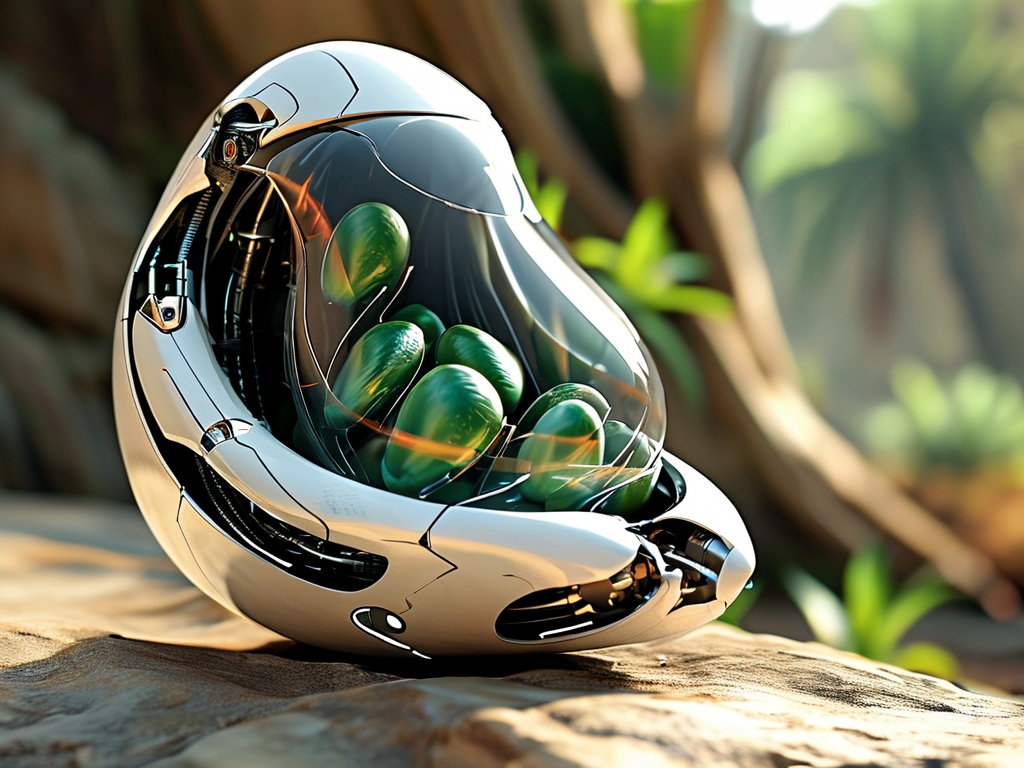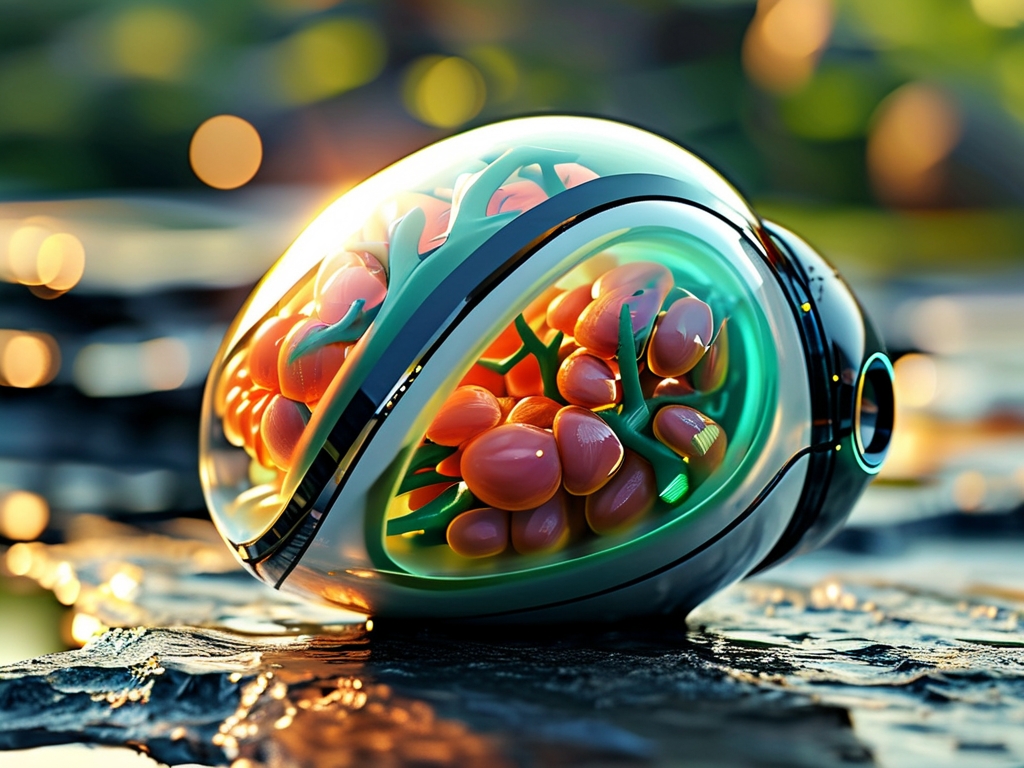Bionic Robotic Embryo Technology: Redefining the Future of Autonomous Systems

The convergence of biology and robotics has birthed one of the most groundbreaking innovations of the 21st century: bionic robotic embryo technology. This interdisciplinary field combines principles from developmental biology, soft robotics, and artificial intelligence to create machines that mimic the growth, adaptability, and resilience of biological organisms. By emulating embryonic development, scientists aim to design robots capable of self-assembly, self-repair, and environmental adaptation—capabilities that could revolutionize industries ranging from healthcare to space exploration.
The Science Behind the Concept
At its core, bionic robotic embryo technology draws inspiration from the biological processes that govern embryonic development. In nature, embryos follow a genetic blueprint to grow into complex organisms through cell differentiation, morphogenesis, and self-organization. Similarly, robotic "embryos" are embedded with algorithmic "DNA" that dictates their structural and functional evolution. These systems utilize modular components—such as shape-memory polymers, programmable actuators, and neural networks—to replicate the dynamic, hierarchical growth seen in living organisms.
Key advancements include:
- Self-Organizing Materials: Researchers have developed soft materials that respond to external stimuli (e.g., temperature, light) to fold, contract, or expand autonomously. For example, MIT’s "4D printing" projects use hydrogel-based structures that morph into predefined shapes when exposed to water.
- Morphogenetic Algorithms: Inspired by gene regulatory networks, these algorithms enable robots to "grow" by coordinating the behavior of individual modules. A team at Harvard’s Wyss Institute demonstrated this with a swarm of kilobots that collectively assemble into complex structures without centralized control.
- Energy Harvesting: Like biological embryos that rely on nutrient absorption, robotic embryos integrate energy-scavenging mechanisms, such as piezoelectric materials or solar cells, to sustain prolonged development.
Applications Across Industries
The implications of this technology span diverse sectors:
1. Medical Robotics
Bionic embryos could transform minimally invasive surgery. Imagine a microscopic robotic system injected into the human body that self-assembles into a surgical tool at the target site, performs a procedure, and then dissolves harmlessly. Such devices would eliminate the need for large incisions and reduce recovery times. Researchers at ETH Zurich are already prototyping biodegradable "robot embryos" for targeted drug delivery.
2. Disaster Response
In hazardous environments, such as collapsed buildings or radioactive zones, traditional robots face limitations in mobility and durability. Embryonic robots, however, could adapt their morphology to navigate rubble or narrow gaps. A project funded by DARPA explores robots that "regrow" damaged limbs using onboard 3D printers, ensuring mission continuity even under extreme conditions.
3. Space Exploration
Transporting fully assembled robots to distant planets is costly and logistically challenging. Embryonic robots, compressed into compact "seed" forms, could be deployed on Mars or Europa to autonomously develop into task-specific machines—drilling for samples, constructing habitats, or repairing equipment. NASA’s Innovative Advanced Concepts program has prioritized research in this area.

4. Sustainable Manufacturing
Traditional manufacturing generates significant waste due to rigid assembly lines. Embryonic robotics enables on-demand production: factories could "grow" products layer by layer, minimizing material use. Adidas, for instance, experimented with 3D-printed midsoles created through bio-inspired growth algorithms, reducing waste by 40%.
Ethical and Technical Challenges
Despite its promise, bionic robotic embryo technology raises critical questions:
1. Control and Autonomy
As these systems become more self-directed, ensuring human oversight grows complex. A robot that redesigns its own body could inadvertently develop hazardous features. Robust fail-safes and ethical AI frameworks are essential.
2. Environmental Impact
Self-replicating robots, if deployed carelessly, might disrupt ecosystems. Scientists advocate for "kill switches" or biodegradable designs to prevent uncontrolled proliferation.
3. Societal Acceptance
Public distrust of autonomous systems persists. Transparent communication about safety protocols and benefits will be crucial for adoption.
The Road Ahead
Current research focuses on enhancing scalability and energy efficiency. For instance, the EU’s "Living Robots" initiative aims to create centimeter-scale prototypes within five years. Meanwhile, partnerships between academia and industry—such as Boston Dynamics’ collaboration with synthetic biologists—are accelerating practical applications.
In the long term, bionic robotic embryo technology could blur the line between life and machine. Philosophers debate whether such robots, capable of evolution and self-preservation, should be granted limited "rights." Regardless, one thing is certain: this technology will redefine humanity’s relationship with machines, offering solutions to global challenges while demanding careful ethical stewardship.
Bionic robotic embryo technology represents a paradigm shift in robotics, merging the adaptability of life with the precision of engineering. From healing human bodies to colonizing alien worlds, its potential is as vast as the biological processes that inspire it. As we stand on the brink of this new era, interdisciplinary collaboration and ethical vigilance will determine whether these embryonic machines become humanity’s greatest allies—or its most unpredictable creations.

